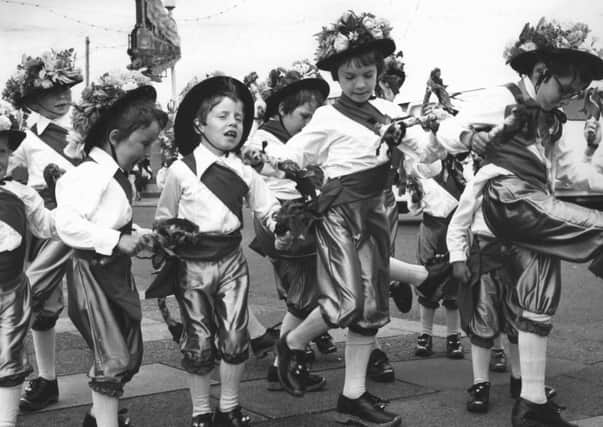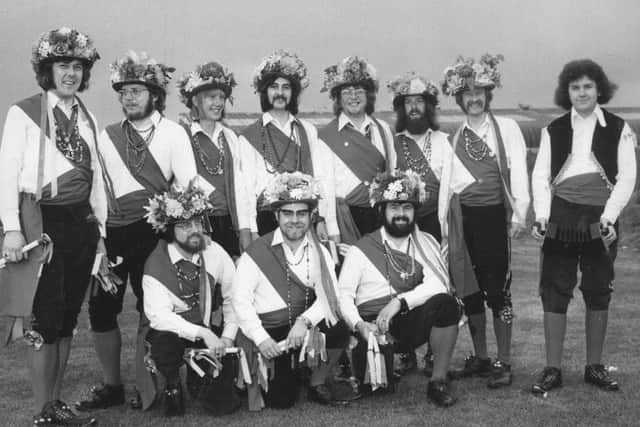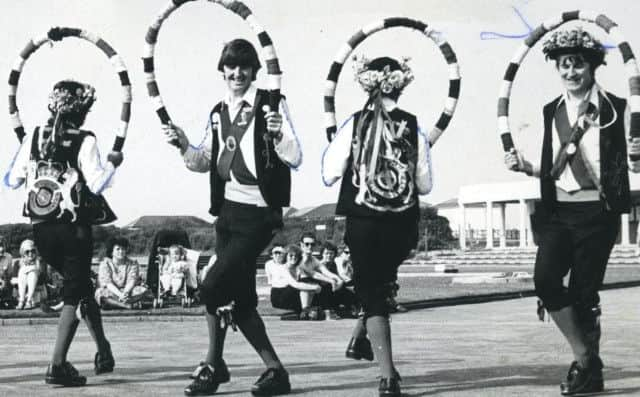Looking back at an ancient art still seen on the Fylde coast


They can be found dancing at various galas, fetes and festivals at weekends throughout the season across the whole of the Fylde coast.
They are instantly recognisable – with their bright-costumes, high-step and semaphore, and their batons and sticks in neat rows and geometric patterns.
Advertisement
Hide AdAdvertisement
Hide AdFit as sportsmen, they prance unceasingly through town and village streets, following rose queens and their retinues and the brass bands.


They are of course Morris dancers and clog dancers.
But did you know the original Morris dancing was considerably more belligerent – and it has its roots in war?
A form of folk dancing with bells and fluttering ribbons, was at first part of a Lenten or Whitsuntide ceremony – a fertility rite which had pagan origins and was no doubt Christianised as time went by.
The name ‘Morris’ stems from the 14th and 15th centuries when there was a close contact between England and France.


Advertisement
Hide AdAdvertisement
Hide AdIn the south of France, the spring rituals included a fight between good and evil – a ‘battle’ between the Moors (who invaded across the Mediterranean from the North Africa coast) and Christians. Such contests became known as Mauresque or Morisca. Soldiers and foreign travellers saw them, liked them and brought them back to include their own folk dancing. Mauresque became Morris en route.
The contests between good and evil have long since been forgotten – the rhythm and tune of the dance has become more important, often linked with Scottish airs.